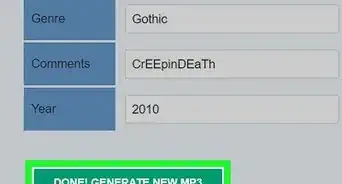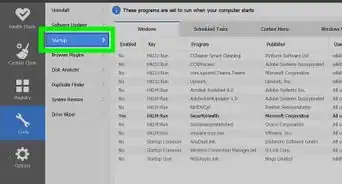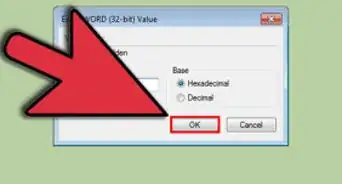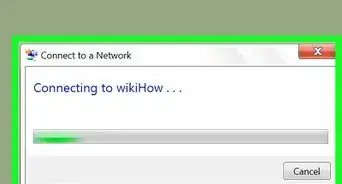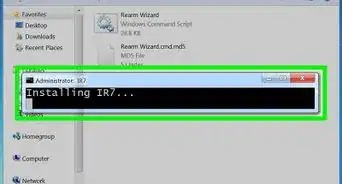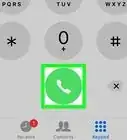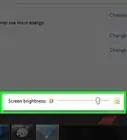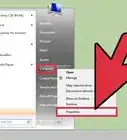This article was co-authored by wikiHow staff writer, Jack Lloyd. Jack Lloyd is a Technology Writer and Editor for wikiHow. He has over two years of experience writing and editing technology-related articles. He is technology enthusiast and an English teacher.
The wikiHow Tech Team also followed the article's instructions and verified that they work.
This article has been viewed 128,941 times.
Learn more...
This wikiHow teaches you how to remove temporary files from your Windows 7 computer. To do this, you must first enable your computer's "Show Hidden Files" feature, after which point you can delete temporary files from your computer's App folder, Windows folder, and Internet cache.
Steps
Showing Hidden Files
-
1Close every open program that you can. Programs on your computer use files that are in the Temp folders, so you won't be able to delete some temporary files if they're being used by programs.
-
2Advertisement
-
3Click the text box. It's at the bottom of the Start window.
-
4Type in windows explorer. Doing so will search your computer for the Windows Explorer app.
-
5
-
6Click Organize. You'll find this tab in the top-left side of the window. A drop-down menu will appear.
-
7Click Folder and search options. It's near the middle of the drop-down menu. This prompts a new window to appear.
-
8Click the View tab. This option is at the top of the window.
-
9Check the "Show hidden files, folders, and drives" circle. It's in the middle of the page.
- If this option is already checked, your computer is displaying hidden files.
-
10Click Apply, then click OK. Doing so ensures that you can access and open the Temp folder for your apps and Windows itself.
Deleting Temporary App Files
-
1Click My Computer. It's in the column of options on the left side of the window.
-
2Double-click your computer's hard drive. This hard drive-shaped icon is under the "Devices and drives" heading. Your hard drive is usually the drive labeled "C" here.
-
3Double-click the Users folder. You'll find it near the top of the window.
-
4Double-click your user folder. This is the folder with the first few letters of your name (or username if you signed into your computer using an email address).
-
5Double-click the AppData folder. It's near the top of the window.
-
6Double-click the Local folder. This folder is at the top of the window.
-
7Select the Temp folder. Click the Temp folder, which is near the bottom of the window, to select it.
-
8Click Organize. This tab is in the upper-left corner of the window. A drop-down menu will appear.
-
9Click Properties. It's at the bottom of the drop-down menu. Clicking it prompts a new window to open.
-
10Uncheck the "Read-only" box. You'll find this near the bottom of the window.
-
11Click Apply. It's in the bottom-right corner of the window.
-
12Click OK when prompted. This will ensure that everything in the Temp folder is affected by the removal of the "Read-only" protection.
- You may have to click Continue or Skip, or otherwise verify that you want to remove read-only protection from this folder, before continuing.
-
13Click OK. It's at the bottom of the window. You can now proceed with deleting the Temp folder's contents.
-
14Open the Temp folder. Double-click the Temp folder to open it in Windows Explorer.
-
15Select all of the folder's files. Click Organize again and then click Select all, or press the Ctrl and A keys at the same time.
-
16Delete the files. Press your computer's Del key, or click Organize and then click Delete in the drop-down menu. Doing so will move the Temp folder's contents into the Recycle Bin.
- You'll need to empty the Recycle Bin in order to permanently remove these files from your computer.
- There may be a couple of system files in the Temp folder. If so, you won't be able to delete these. They'll only take up a few kilobytes of space.
Deleting Windows Temporary Files
-
1Click the My Computer tab again. It's on the left side of the Windows Explorer window.
-
2Double-click your hard drive. This will re-open your hard drive's folder.
-
3Double-click the Windows folder. It's usually near the middle of this window.
-
4Scroll down and select the Temp folder. You'll find this near the bottom of the window.
-
5Remove the Temp folder's read protection. To do so:
- Click Organize
- Click Properties
- Uncheck the "Read-only" box.
- Click Apply
- Click OK when prompted.
- Click OK
-
6Open the Temp folder. Double-click the folder to do so.
-
7Select all of the folder's files. Click Organize again and then click Select all, or press the Ctrl and A keys at the same time.
-
8Delete the files. Press your computer's Del key, or click Organize and then click Delete in the drop-down menu. Doing so will move the Temp folder's contents into the Recycle Bin.
- You'll need to empty the Recycle Bin in order to permanently remove these files from your computer.
Deleting Internet Explorer Temporary Files
-
1
-
2Click the text box. It's the search field at the bottom of the Start window.
-
3Type in internet options. Doing so will search your computer for the Internet Options program.
-
4Click Internet Options. It's the globe-shaped icon at the top of the Start window.
-
5Click the General tab. This option is in the top-left side of the Internet Options window.
-
6Click Settings. It's in the lower-right corner of the "Browsing history" section of the window.
-
7Click View files. This option is near the bottom-right corner of the window.
-
8Select the files. Click Organize again and then click Select all, or press the Ctrl and A keys at the same time.
-
9Delete the files. Press your computer's Del key, or click Organize and then click Delete in the drop-down menu. Doing so will send the Internet cache folder's files to the Recycle Bin.
- You'll need to empty the Recycle Bin in order to permanently remove these files from your computer.
Warnings
- Using Internet Options' or Disk Cleanup's "clear temporary files" feature won't remove the temporary files from these folders.⧼thumbs_response⧽
About This Article
1. Close all open programs.
2. Open Windows Explorer.
3. Go to Organize > Folder and search options > View.
4. Select "Show hidden files, folders, and drives."
5. Click Apply and OK.
6. Open the Temp folder.
7. Remove the "Read-only" attribute and click OK.
8. Select all the files you want to delete.
9. Press the Del key.
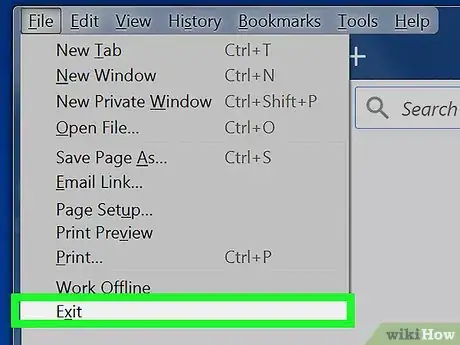

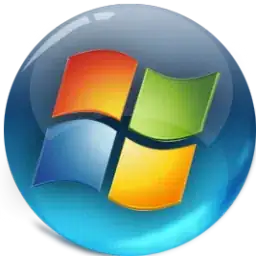
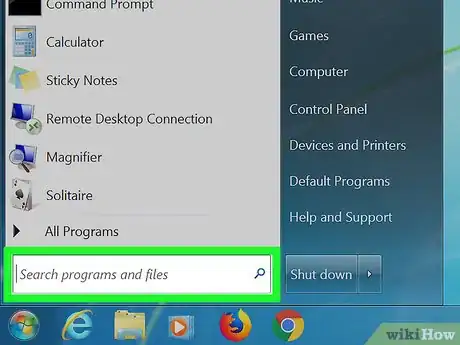
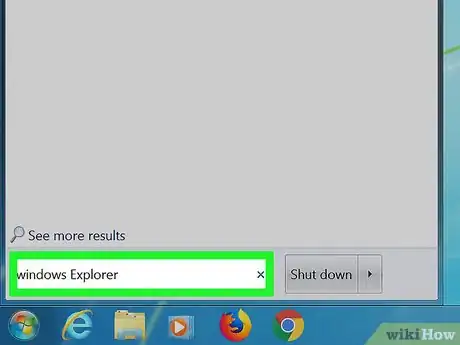
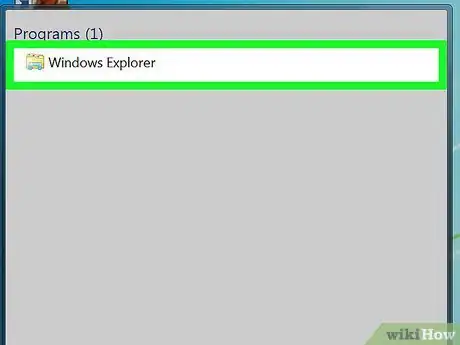
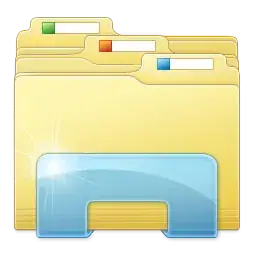

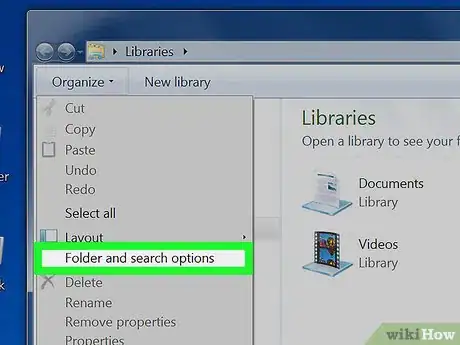
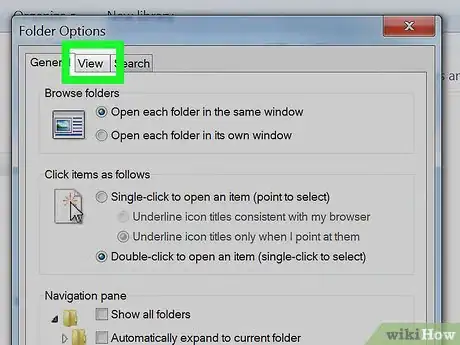
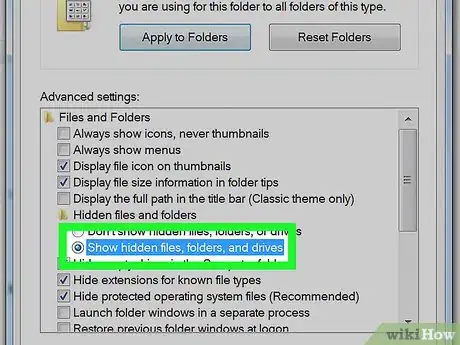
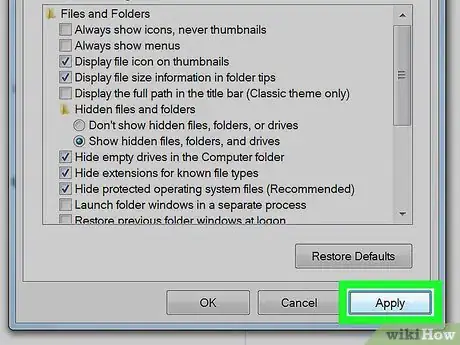
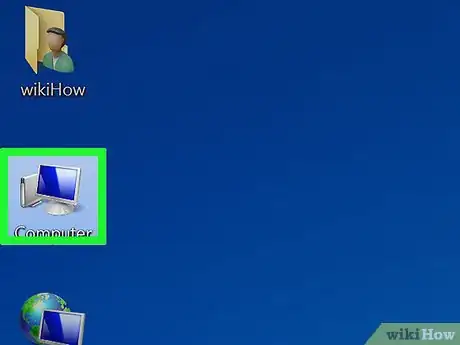
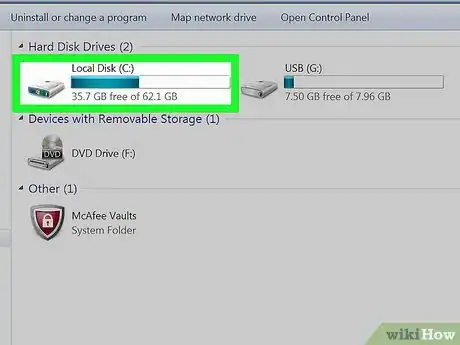
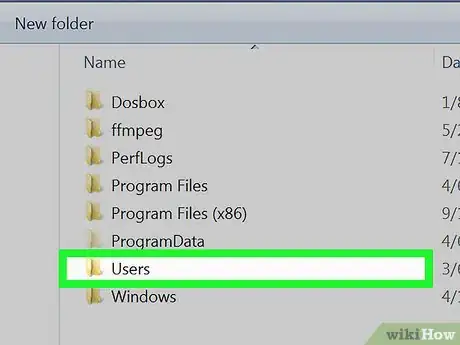
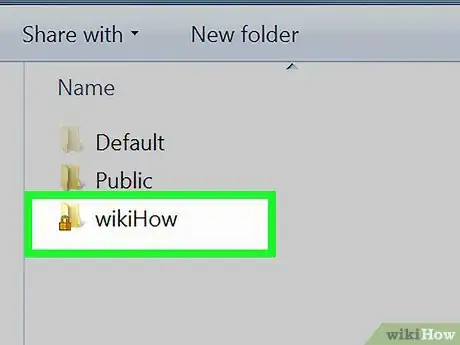

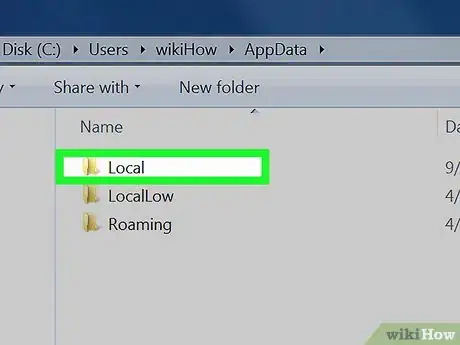


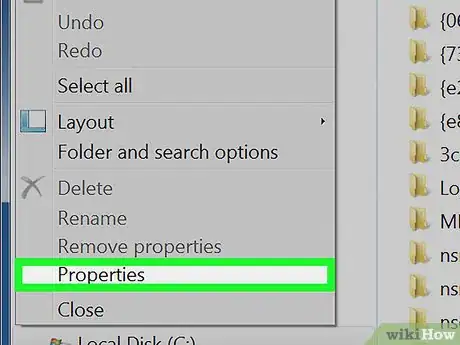
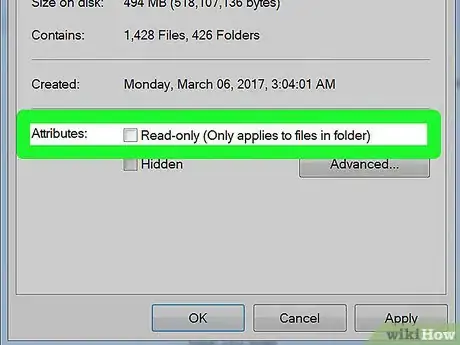
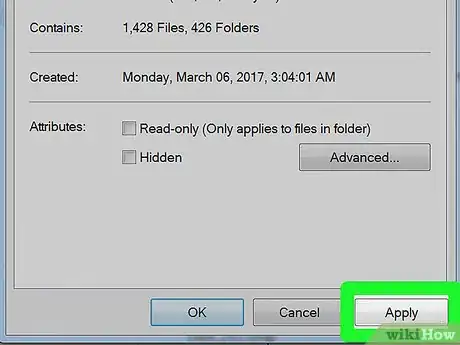
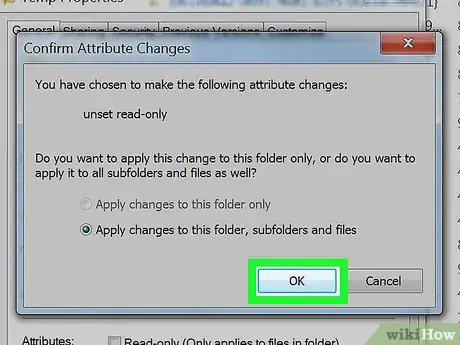
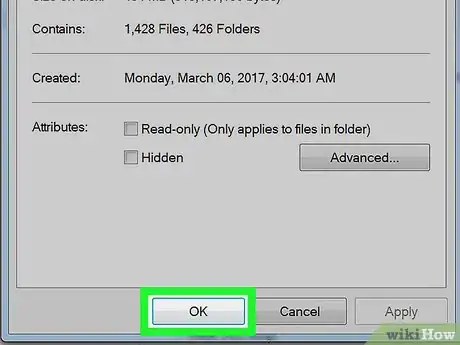
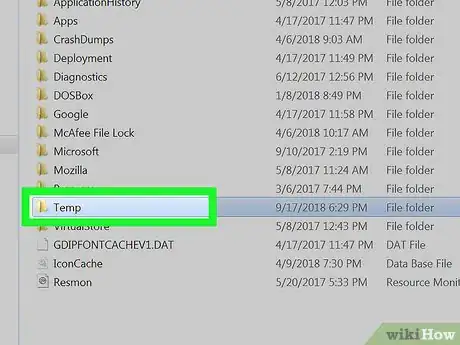
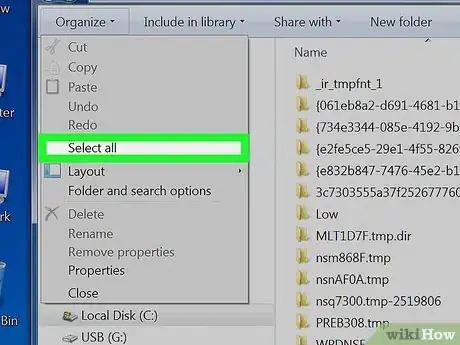
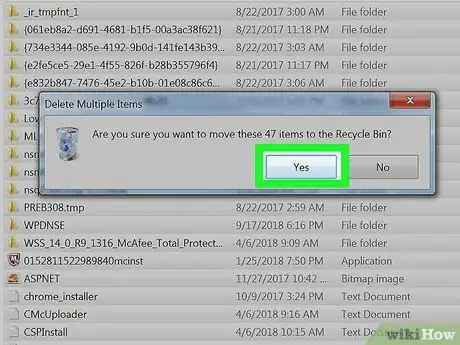

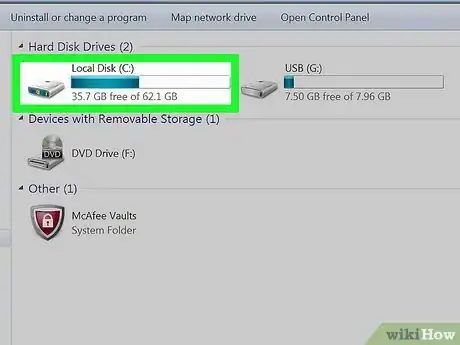

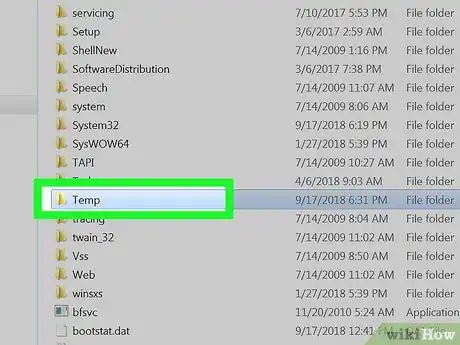
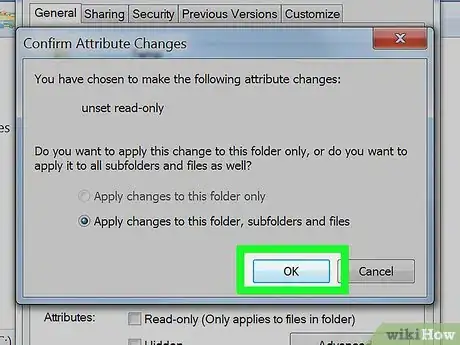

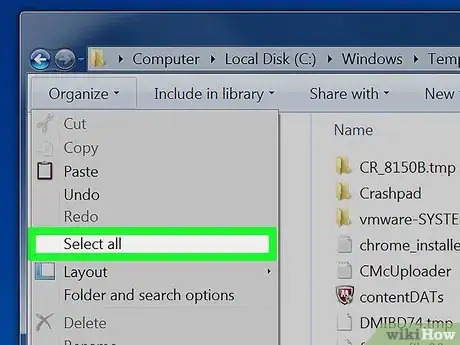
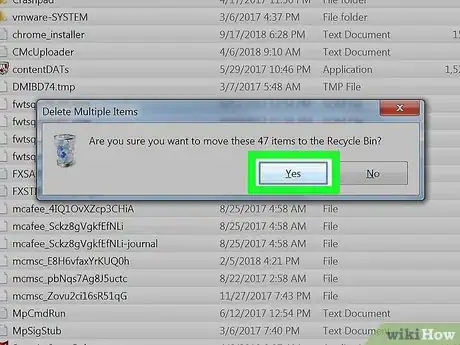
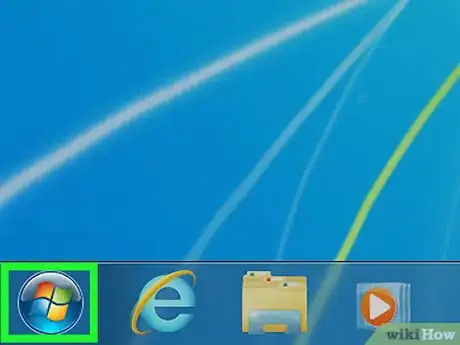
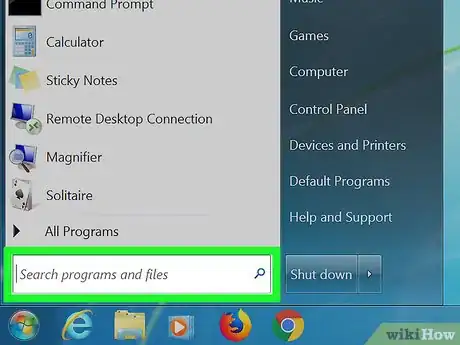
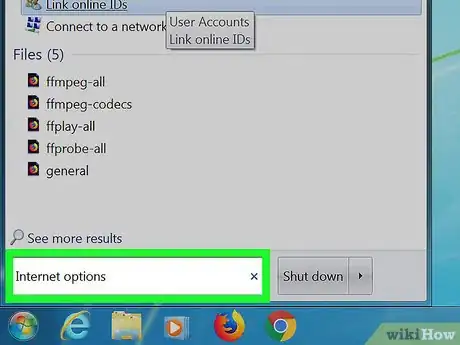
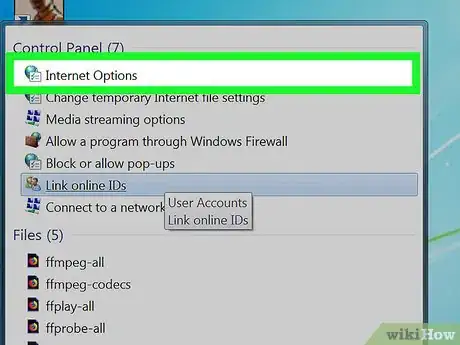

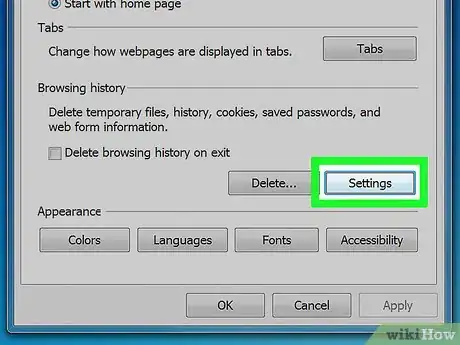
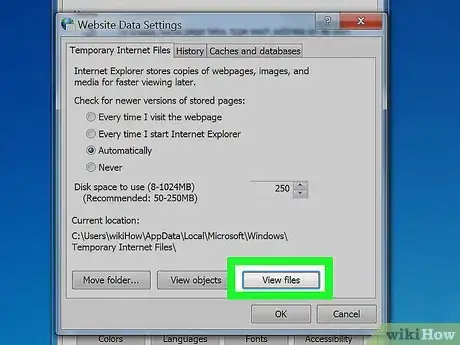

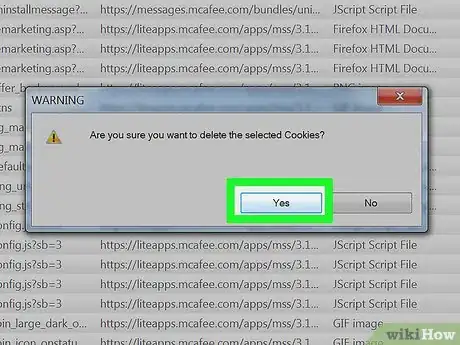

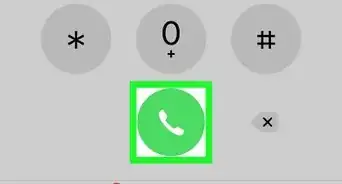
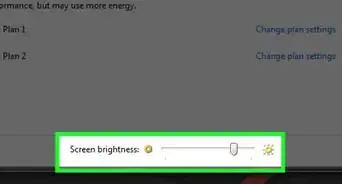
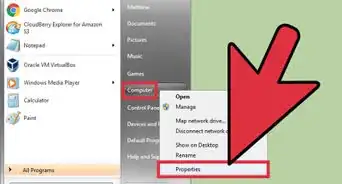
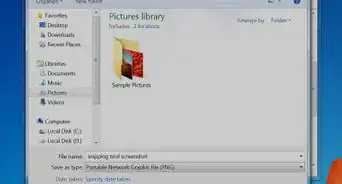
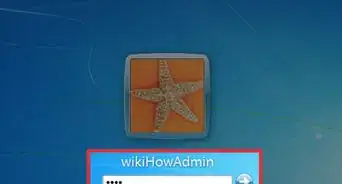
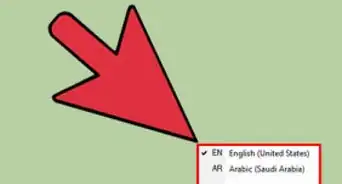
-Step-55-Version-2.webp)
